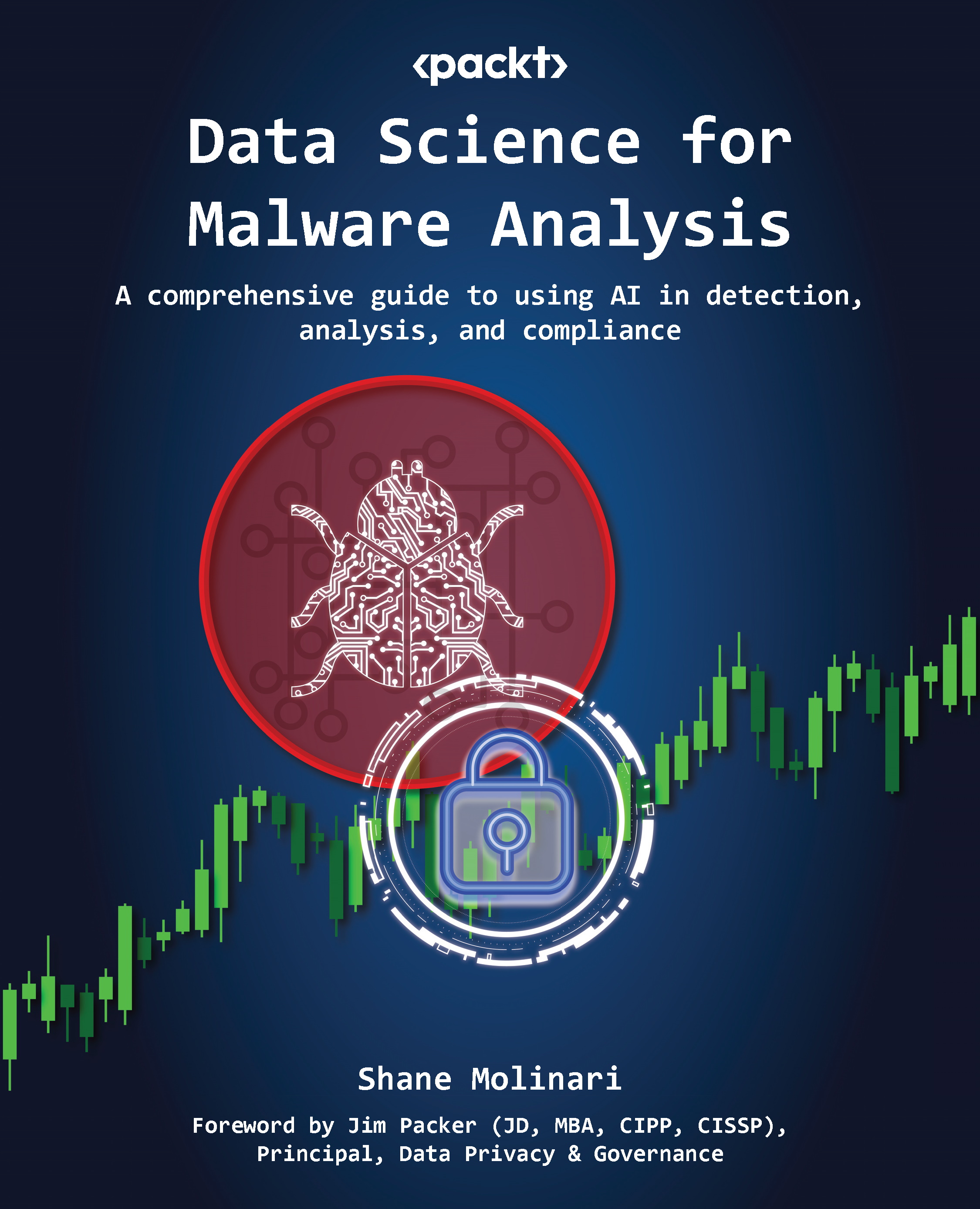Summary
In the realm of cybersecurity, understanding the diverse landscape of malware and its applications is paramount. Malicious software, or malware, takes various forms, from ransomware, which holds data hostage, to rootkits, which stealthily gain control. Attackers ingeniously combine different types of malware to orchestrate complex, coordinated assaults. This fusion allows them to exploit diverse vulnerabilities, making detection and defense a formidable challenge.
The malware management life cycle, which encompasses collection, analysis, detection, prevention, mitigation, and reporting, forms a comprehensive strategy against these threats. Attackers strategically wield malware combinations such as swords, employing worms for initial access, Trojans for persistent control, and spyware for reconnaissance, all culminating in devastating ransomware attacks. The synergy of macro malware and spyware further bolsters their capabilities, infiltrating through documents and surreptitiously capturing user activity.
Understanding these mechanisms is vital to constructing effective defenses. As attackers adapt and innovate, cybersecurity professionals must stay ahead by developing robust strategies that encompass proactive measures, user education, and technological solutions. The battlefield between attackers and defenders continues to evolve, but by grasping the intricacies of malware and its amalgamations, the security landscape becomes more navigable, bolstering our ability to safeguard digital realms from these insidious threats.

































































